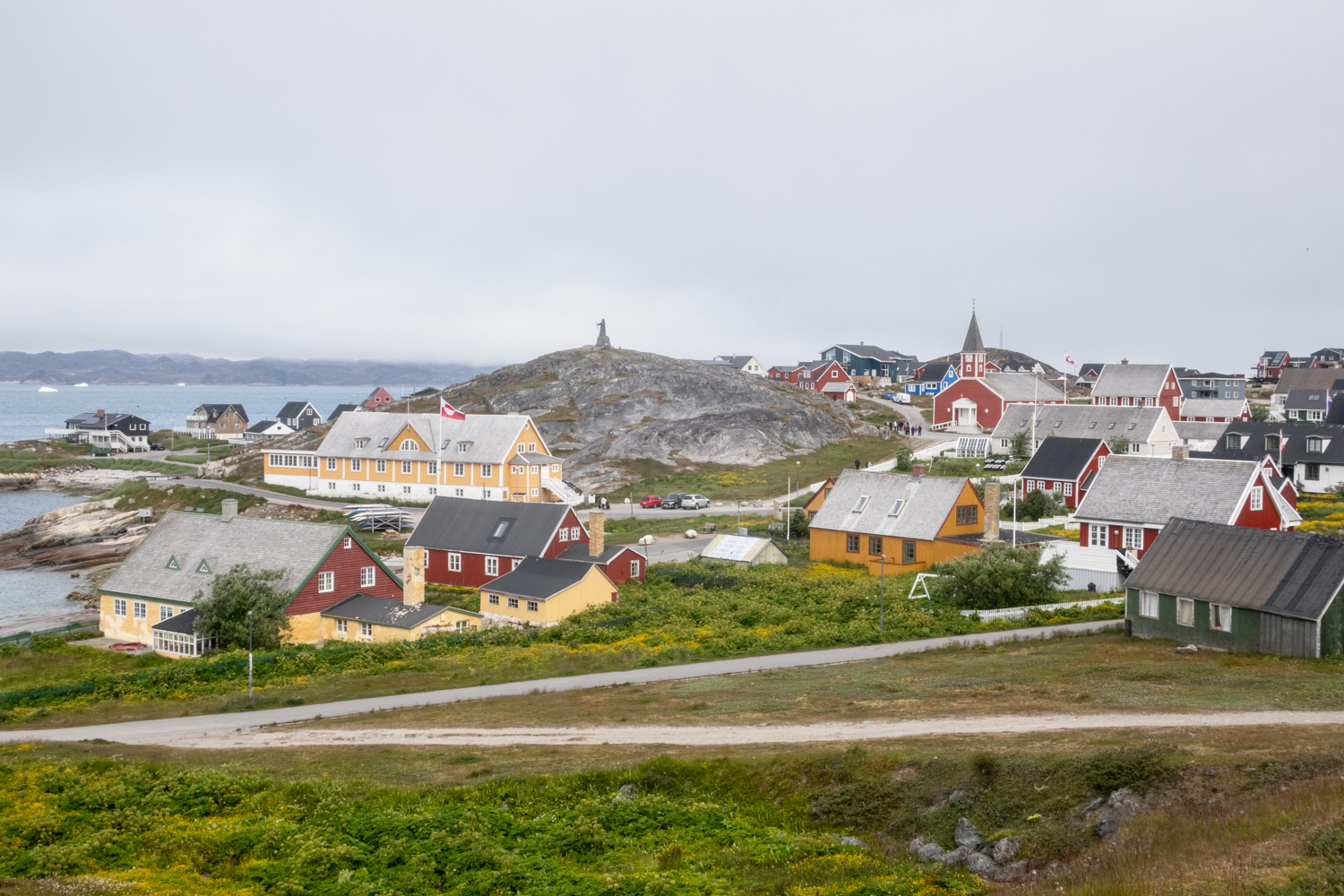
Nuuk’s old Colonial Harbor is the site of the original settlement (1721) and contains the original house of Nuuk’s founding settler, Hans Egede, a Norwegian missionary. Hans Egede’s House is the oldest building in Greenland. Standing close to the harbor among other old houses, it is now used for government receptions. The harbor is also the site of Nunatta Katersugaasivia, the Greenland National Museum and Archives which traces the nation’s history through excavated tools, crafts & artifacts, plus national archives. Above the harbor is the Church of Our Savior of the Lutheran diocese of Greenland — built in 1849; the church received the status of Nuuk Cathedral in 1994. On our walk, we also discovered the Museum’s Kittat building, which houses a government association, Kittat Economusée, that continues the Inuit women’s tradition of hand-sewing the traditional costume for women, kalaallisut, now the national costume for special occasions.
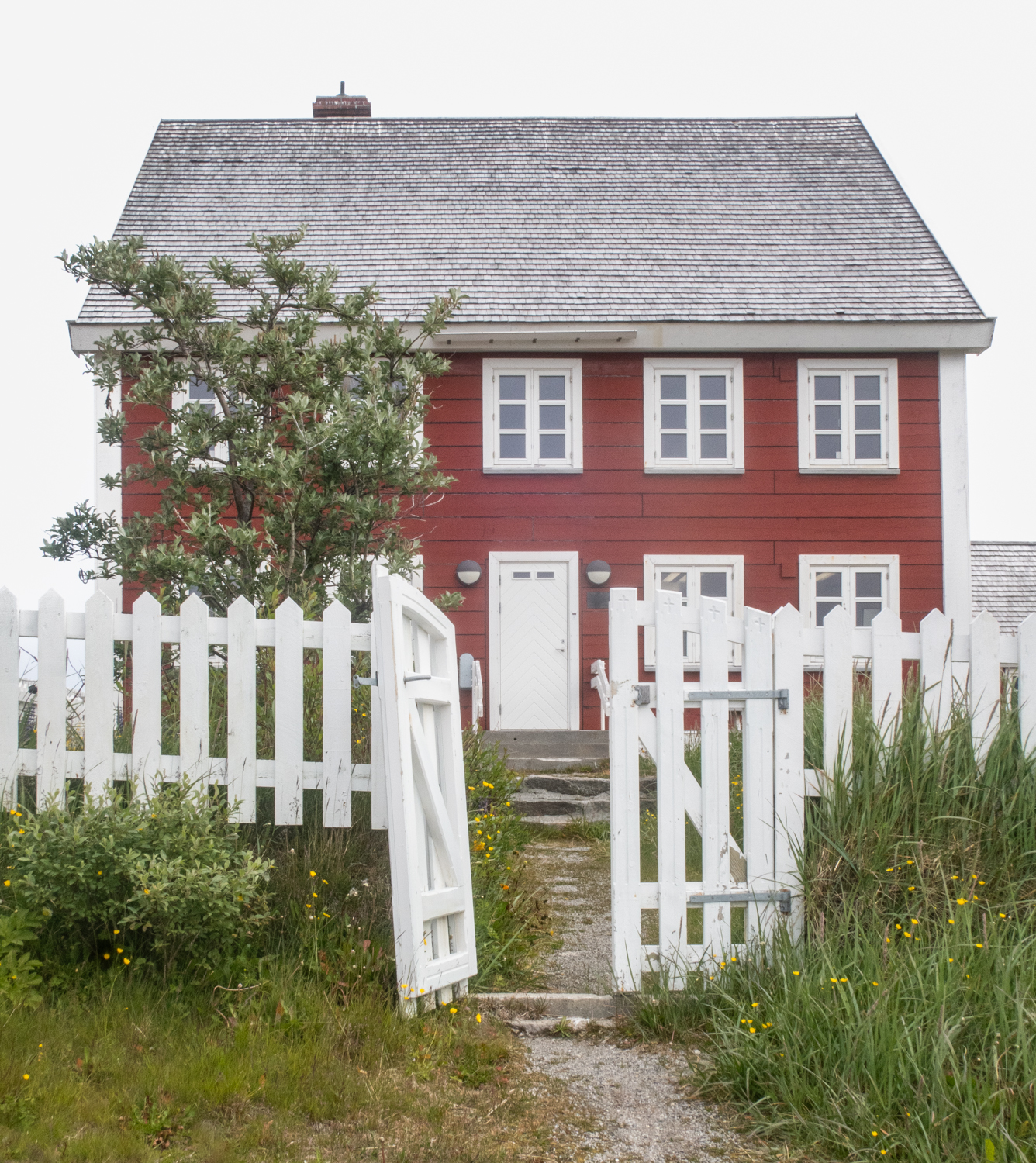
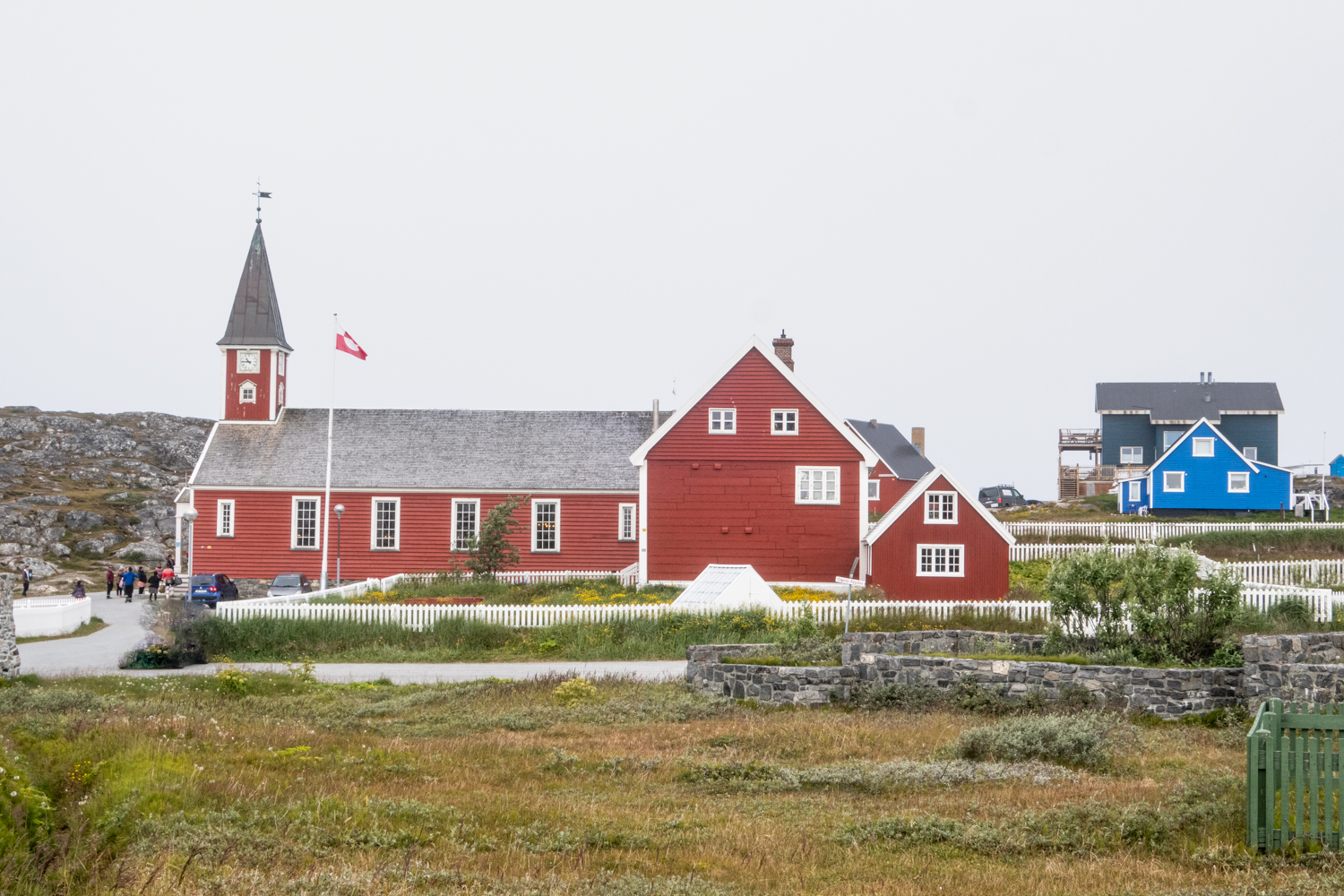
“The Church of Our Savior of the Lutheran diocese of Greenland was built in 1849, and the tower was added in 1884. The red building with a clock tower and steeple is a prominent site on the landscape. The church received the status of Nuuk Cathedral in 1994, when the first bishop was Kristian Mørk, followed in 1995 by Sofie Petersen, a native of Greenland and the second woman in Denmark to become a bishop.” — Wikipedia

“Kittat Economusée is a Greenland Traditional Costume Maker located in the old colonial harbour area in Nuuk. For the Culturally interested, Kittat Economusee offers a unique insight in the making and history of the Traditional Greenlandic Costume. The Costume Maker was the first Greenlandic workshop to be part of the Northern European and Canadian Economusee network.
“An Economusee is a handcraft business, where visitors can view the whole work process and through displays, exhibition and meeting the people working get a deeper understanding of what it takes to create a traditional Greenlandic Costume. Depending on the season you will be able to see the costume makers sew the intricate avittat skin embroideries, cleanse and prepare skins, designing beadwork, repairing old costumes, string up skins for winter bleaching or making other parts of the complex and beautiful traditional costume. In the documentation area, you may feel the texture of the various types of seal skin or read more of the tradition in the books on display.” — https://visitgreenland.com/providers/kittat-economusee/

“The history of the sewing workshop: Kittat, the traditional costume workshop, was established in 1982 by Priscilla Josefsen, together with other women, through her devotion, and without public aid. At a time where national costume makers were getting fewer, it was established with a view to training young women. Kittat moved to this house in 1990. The seven employees work employing, traditional sewing techniques and traditional skin, handling, thereby participating in the preservation of a cultural heritage.
“Women’s skin shorts, kamiks (skin boots), an anorak timmiaks (originally inner coat of birds’ fur) are sewn, and collars of beads are begun. Besides bead necklaces, hair slides (barrettes), handbags, bracelets, key rings, small mittens, and small kamiks with skin embroidery are sold. After opening hours, lessons are given in sewing and skin handling techniques.”– signage at Kittat Economusee
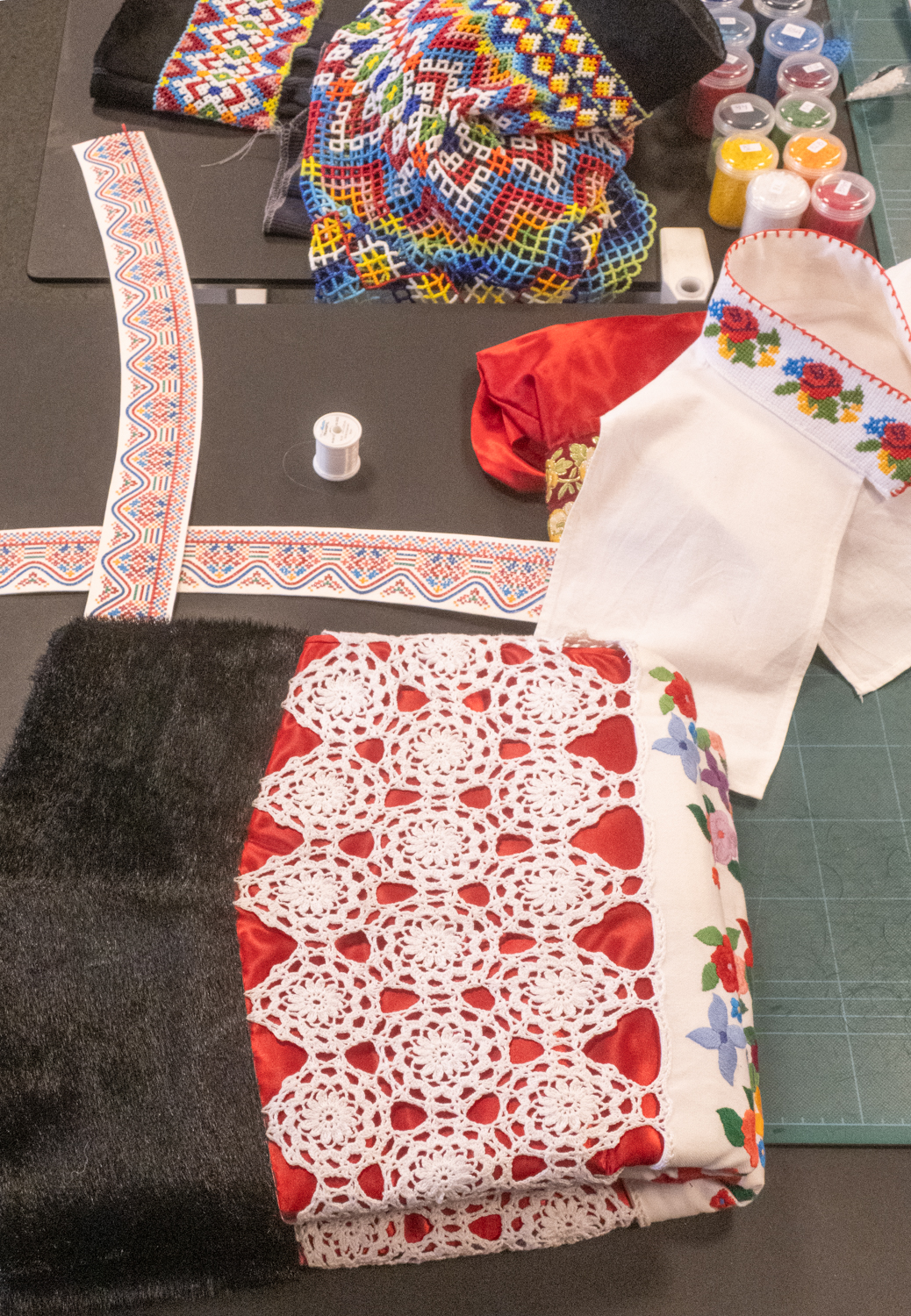
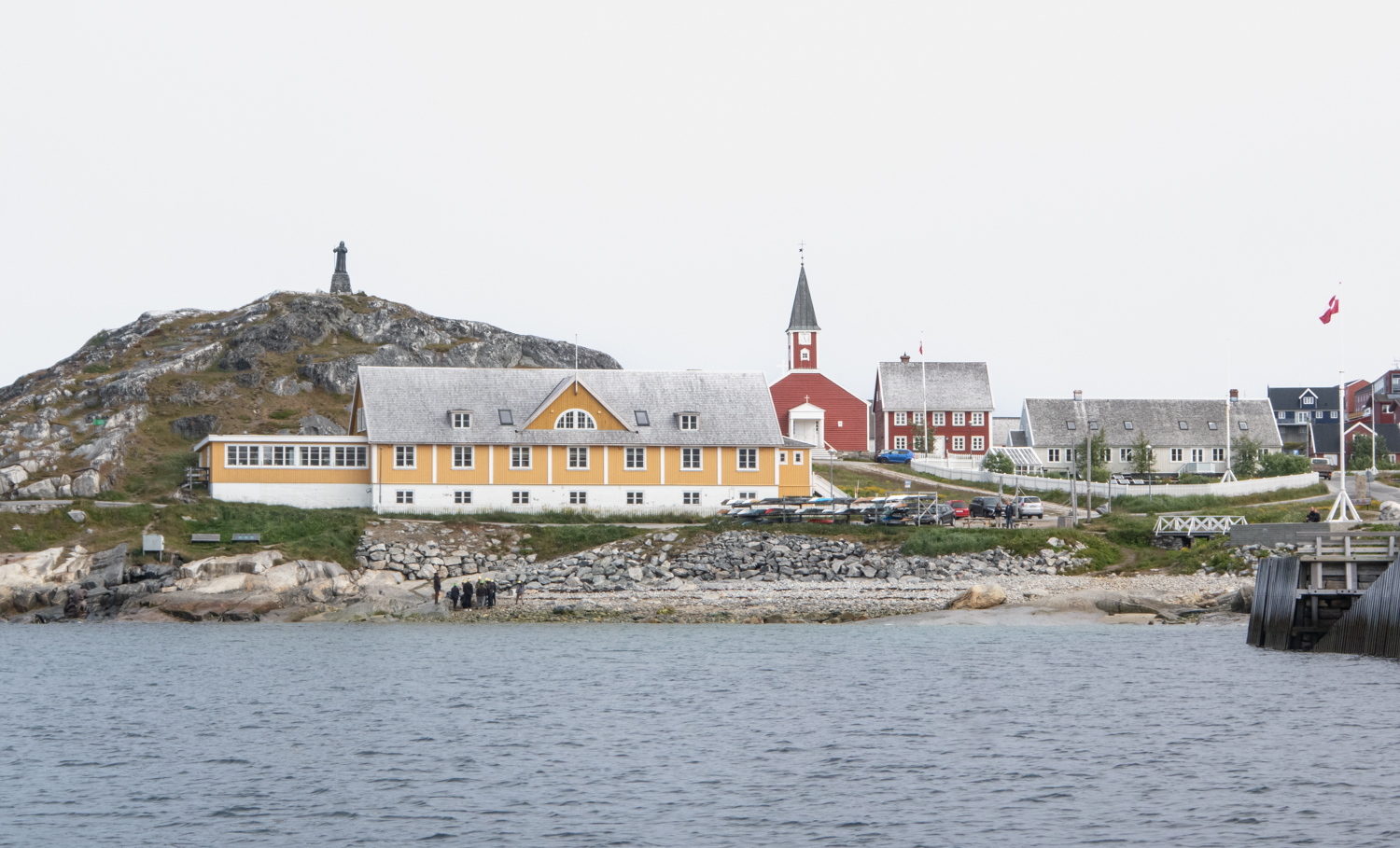
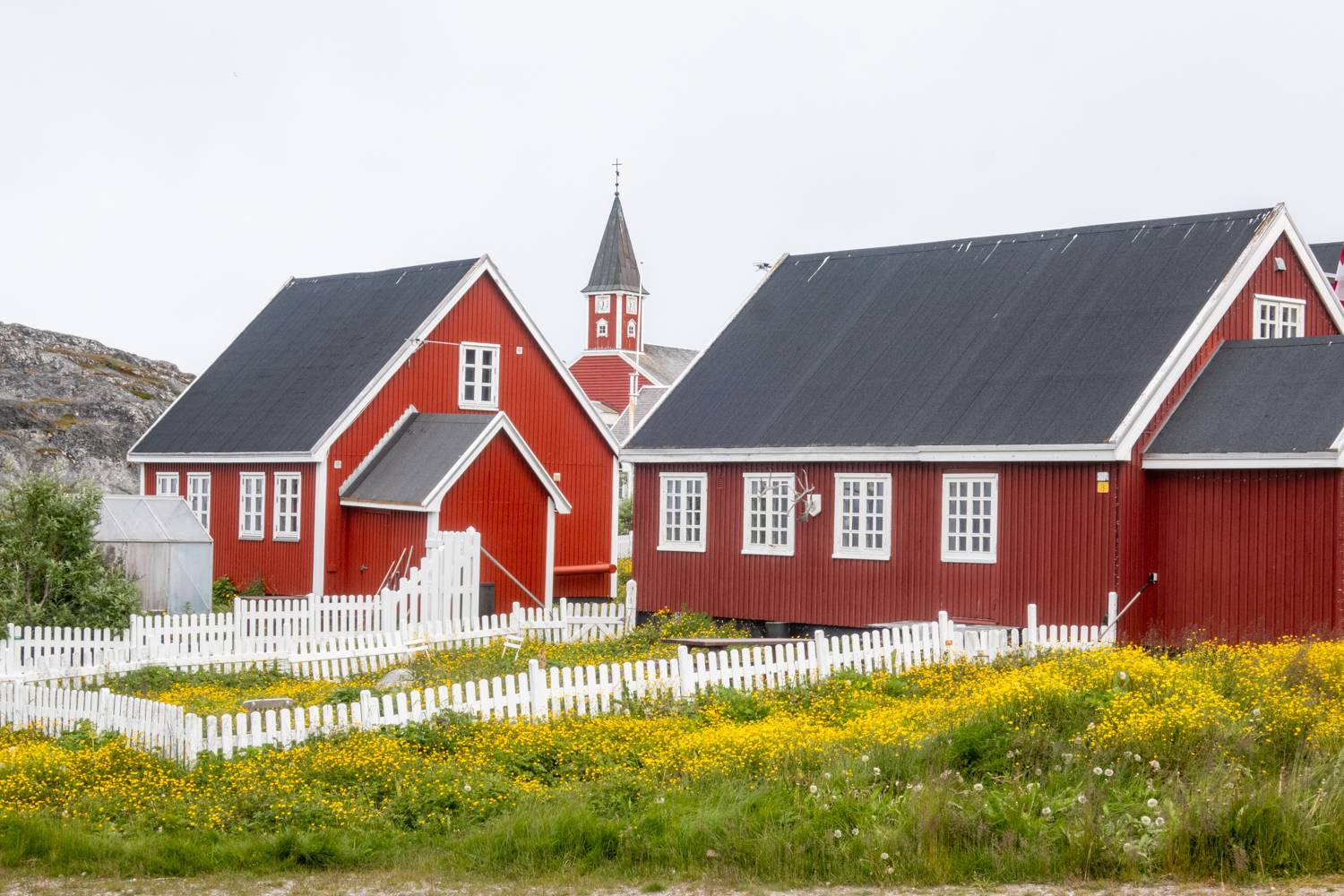
Legal Notices: All photographs copyright © 2023 by Richard C. Edwards. All Rights Reserved Worldwide. Permission to link to this blog post is granted for educational and non-commercial purposes only.

What a lovely quaint (and quiet?) village.
Janis
LikeLiked by 1 person